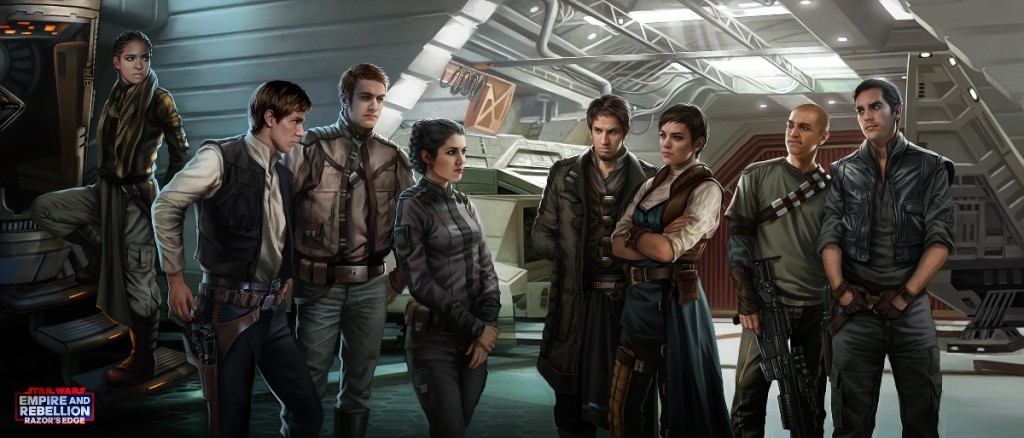
It is an indisputable fact that Star Wars is, first and foremost, a film franchise. But while the movies will always be the most important part of the galaxy far, far away, it should not be forgotten that it also encompasses countless tie-in novels, comics, toys, and (the part relevant to this article) video games.
Beginning with a scrolling shooter based on The Empire Strikes Back released for the Atari 2600 in 1982, Star Wars games have been released in almost every genre you can imagine – from real-time strategy to first-person shooters to racing to ecosystem management (no, really). While the repercussions that the announcement of the sequel trilogy had for the Expanded Universe are by now well-known, we still have not yet seen the results of the video game license changing hands from LucasArts to Electronic Arts.
That there will be significant differences is inevitable: much time has passed since the golden age of Star Wars video games, with only a handful of notable titles released after (what we had assumed was) the saga’s completion in 2005. The era of the expansion pack is over, and downloadable content (DLC) is now the order of the day. Demos, too, have gone the way of the dinosaur.
Digital releases are the norm – and Steam the undisputed king among distributors. Popular new games have come, upended the status quo and redefined gamers’ expectations for entire genres, and gone. And so the question we now have to ask ourselves is this: what examples should Electronic Arts look to when developing new Star Wars games to ensure that they are as (and more) successful as their predecessors?



